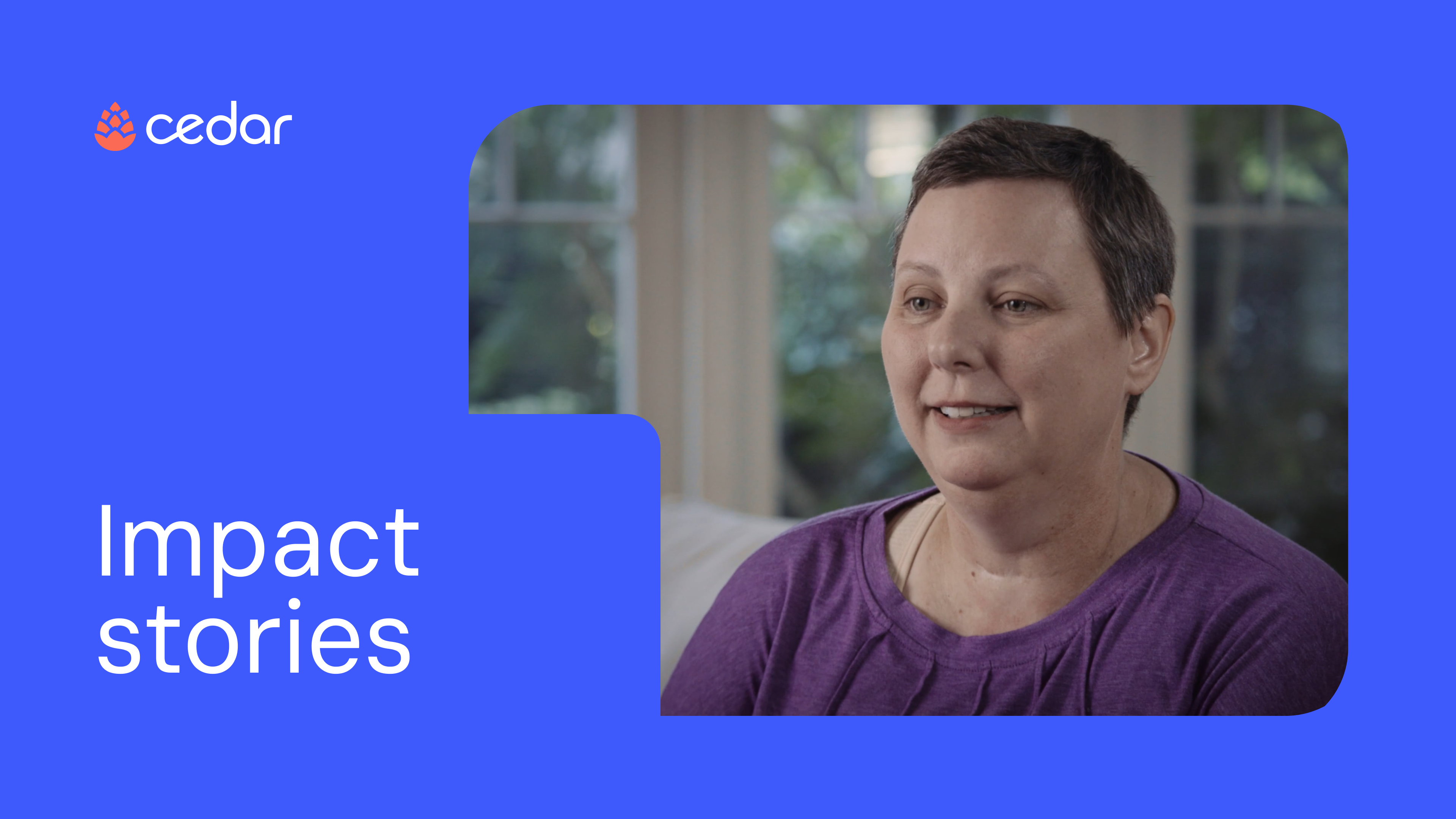The 2025 reconciliation bill, known as the One Big Beautiful Bill Act (OBBBA), includes nearly a trillion in Medicaid cuts over the next decade. For healthcare leaders, the question isn’t whether this will impact your organization. It’s how severely, and what you can do to mitigate the fallout.
We’ve been digging deep into both the financial implications and the human reality of coverage loss at this scale. Here’s the latest from our team, including a new tool and research to help you prepare.
What OBBBA could cost providers
10 million people losing coverage. $63 billion in uncompensated care. Numbers this large feel abstract until you see what they mean for your specific market, patient population, and payer mix.
Our financial impact calculator—built using CBO projections, state-level CMS data, and your actual patient volumes and financial assumptions—models revenue losses, uncompensated care increases, and recovery scenarios.
Our provider partners are already using it for strategic planning. Now you can too.
Calculate your financial impact >
What we heard from patients
Behind every coverage loss statistic are real people navigating an increasingly complex system. We went directly to Medicaid patients—gig workers, caregivers, those managing chronic conditions—to understand how they experience the program and what happens when their coverage is threatened.
Here’s what we heard:
- They’ll do whatever it takes to keep coverage. Beneficiaries are motivated and pragmatic—even when requirements feel “degrading.”
- They don’t think providers can help. Many view the system as adversarial, confusing, and intentionally hard to navigate.
- Providers can flip assumptions. When Medicaid support becomes tangible—reminders, checklists, digital tools—beneficiaries respond.
We also uncovered three Medicaid personas most at risk of losing coverage, providing a blueprint for targeted intervention.
Read the full analysis >
Ben Kraus is Director, Content Marketing at Cedar



